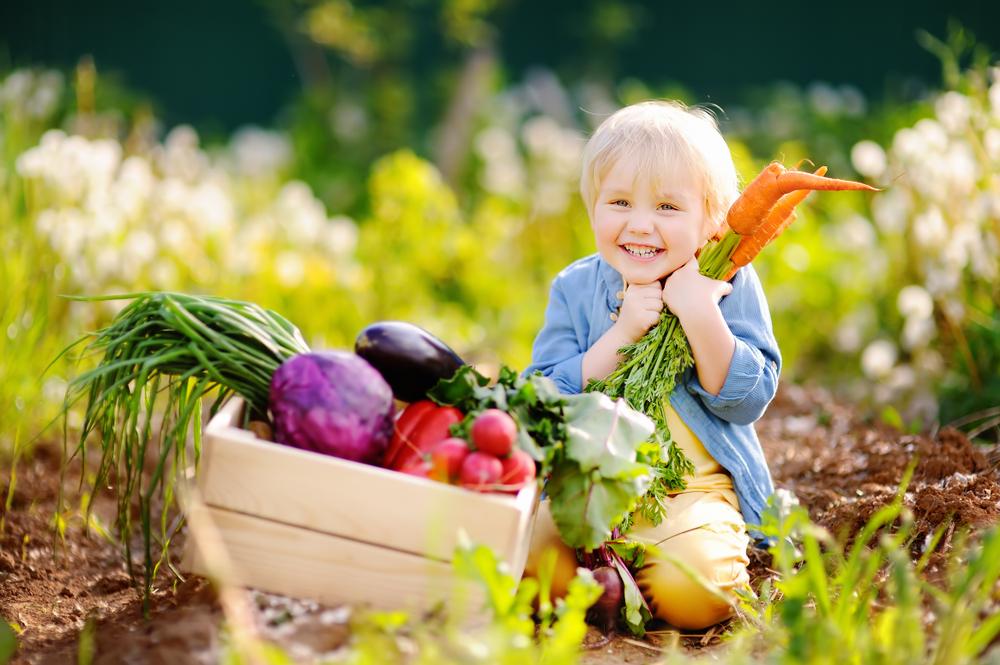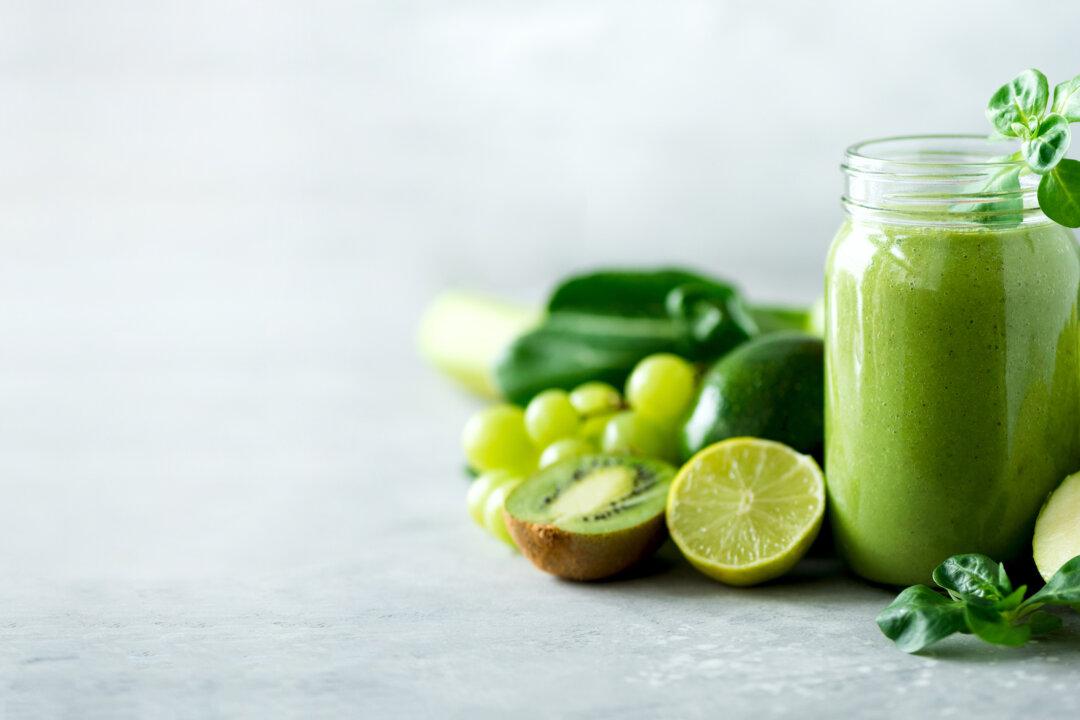Avoiding genetically modified (GM) foods is a challenge, as mostly they remain unlabeled. Many consumers are also confused about what these foods are, or are under the persistent misconception that “all foods have been modified anyway.”
That is not true, and there are stark differences between foods that have changed through the creation of heirloom varieties and hybridization, and genetically modified organisms (GMOs), in which the DNA has been altered, as well as the products of other new gene editing technologies, like CRISPR.
These differences have the potential to affect consumers’ health. Thus, understanding which foods have been modified, and how, is important.



